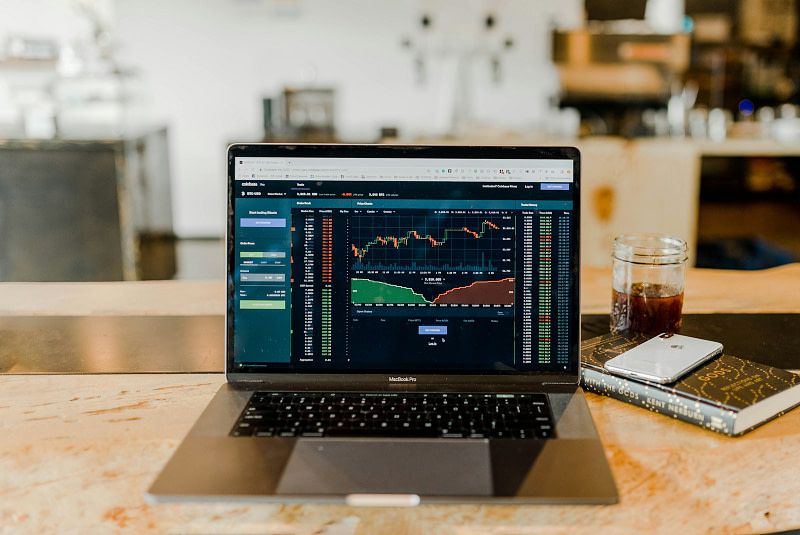Rockbridge Institutional – July 2024 Market Review

Market Review Stocks After being up 16% last quarter, the half-dozen Tech stocks that are expected to benefit from AI (Alphabet, Amazon, Apple, Meta, Microsoft and Nvidia) gave back 4% in July. These six stocks are about 27% of the S&P 500 and explain its subdued (1.2%) return in July. While the impact of AI […]
New Options for SUNY ORP at TIAA

Starting July 23, 2024, TIAA is offering a new lifecycle fund program and an investment option for the SUNY Optional Retirement Program. SUNY Targeted Allocation Retirement Series (STARS) The STARS program is a hands-free approach that utilizes a combination of investment options to arrive at an allocation based on the participant’s projected retirement date. STARS […]
Revisiting I-Bonds

I-Bonds were a fantastic investment opportunity in 2022 as inflation rates were the highest we had seen in decades. I-Bonds purchased from May 1st through October 31st of 2022 earned a return of 9.62% (annualized) for the first six months. Since then, rates on I-Bonds purchased during that period in 2022 have been much more […]

